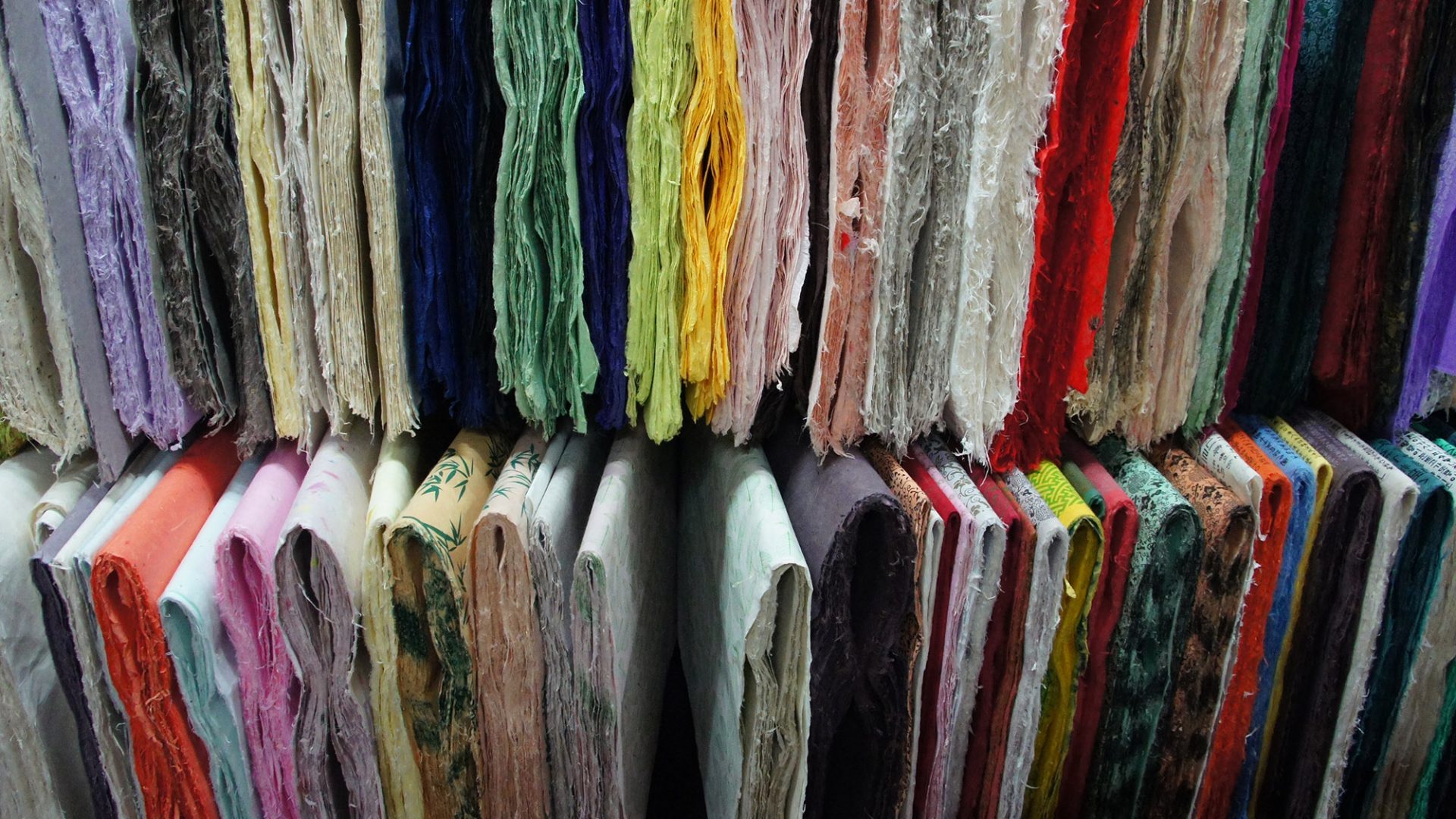This post is also available in: French
Genuine collectors’ items, these travel journals are book-objects also named portfolios. They are collections of photolithographs combining the contemporary techniques used in the art of publication with the tradition and heritage of the printing profession. Each original photograph is printed on rare papers exclusively made of natural fibres (cotton, virgin fibres) usually reserved for engraving and lithography. Some works have been printed on single colour presses with particular attention paid to the drying process between each individual colour.
For each work, the artist designed a specific graphic charter in relation to the natural elements.
Except for the cover and signature sheets, no texts are included. However the art of writing materializes through the characters, signs, words and calligraphy drawn on the parchments and leading to the natural element depicted in the edition.
The whole work is then bound by the artist in presentation display boxes entirely made by hand using rare paper qualities composed of tea fibres and seaweeds but more generally papers made by craftsmen in the country of origin.
For the production of MADAGASCAR, a local paper “Antaimoro” was used. This paper, similar to papyrus, is produced using the bark of the “Avoha”, a type of mulberry tree, which is boiled, sorted and crushed. The pulp obtained is diluted in water and dried in the sun on a cotton sieve. The “Antaimoro” people, converted to Islam, transpose the verses from the Koran on this paper named after them.
Washi traditional papers were used for the production of JAPAN. It is said that paper making techniques and brushes were brought to Japan by a Buddhist monk in the 7th century.
Similar traditional techniques were used to make these papers and the Madagascan. They were made from mulberry bark or hemp. The pulp obtained from the boiled bark was then mixed with vegetable glue, water and rice. In spite of the industrialization of the production process, this tradition has survived in the villages north of Japan where the purest water is to be found.
Each JAPAN portfolio includes a unique and specific Washi sheet.
The front page of the portfolio TEAS AND TEMPLES FROM KOREA is made of Hangi – the traditional Korean paper. The rare quality of the sheets – exclusively made for this work using Nokcha (green tea) leaves from the Boseong gardens – makes each edition unique.

